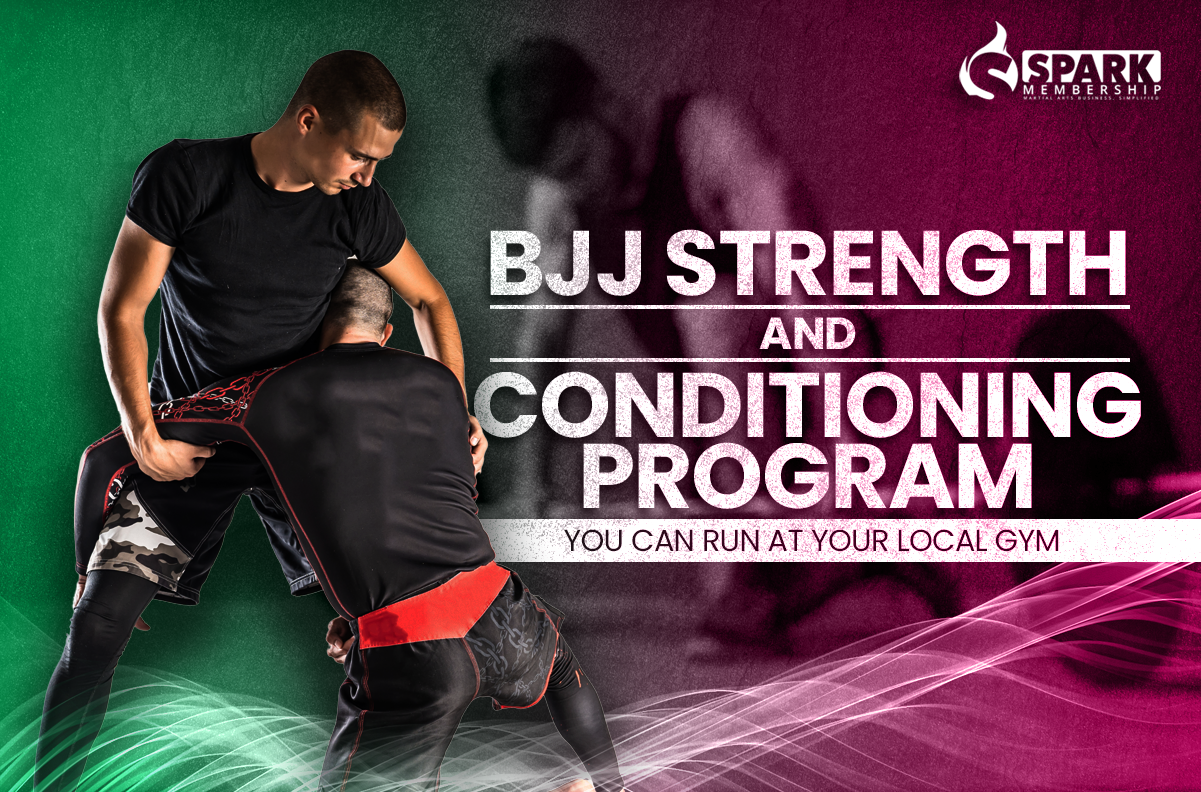
Brazilian Jiu-Jitsu rose to popularity for being one of the most effective ground-control disciplines in the modern world. Although it is emphasized that technique is much more important than size, it is always important to have as many advantages as possible against a potential aggressor. Combining your training regimen with strength training will give you the upper hand in situations where it would otherwise be more dangerous.
Strength training will also condition your body further to endure not only your current training but will assist you in your performance as you climb through the ranks. In this article, we will talk about the certain benefits of strength training, how often you should train in this way, and ultimately, an effective training regimen for our BJJ school.
How Often Should I Conduct Strength Training
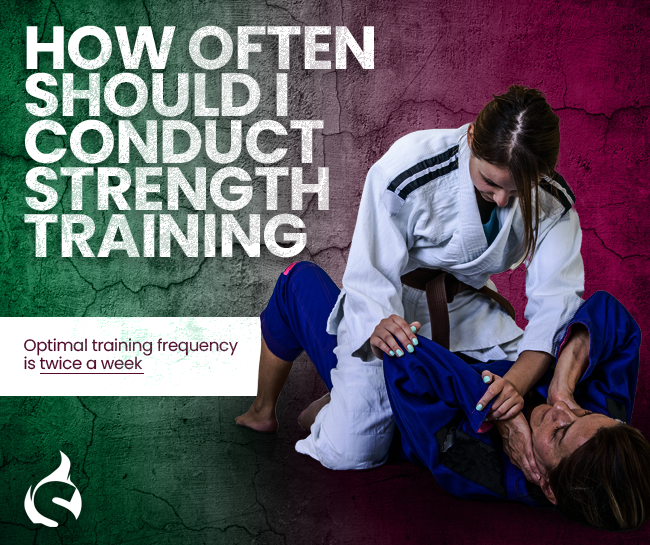
An article posted on sweetscienceoffighting.com has conducted a study on just this very question. Although it is largely dependent on every person’s ideal goal and weight, the most common answer seems to be: twice a week. It is important to remember that the BJJ discipline focuses on submissions, holds, chokes, and pressure points, and that overall strength training is not as important in BJJ as it is in other disciplines, which utilize major muscle groups to overpower the opponent.
With this being said, it is, of course, extremely beneficial to be in shape and as strong as possible and will give you the edge over an opponent that is of the same skill, or slightly better, than you. Using various compound lifts as a benchmark, a study was done on Elite vs Non-Elite practitioners to determine if having a stronger physique gave a significant competitive advantage. Overall, performing compound lifts at 1.2-1.7kg x your bodyweight (kg) is enough to achieve maximum benefit from a BJJ strength and conditioning program.
Strength Training for BJJ Fighter
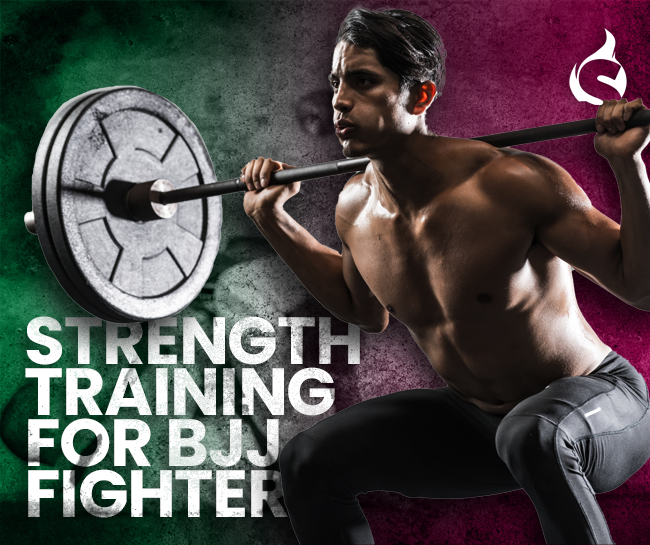
Now that we’ve spoken about the benefits of strength training in BJJ, combined with the cadence of a workout, it is important to establish a regular BJJ strength and conditioning program to offer at your local gym for those that are looking to meet the physique standards compared with their bodyweight. This can be difficult to conduct logistically, especially if you are offering it as a service outside of training your students.
A great alternative to employing a standardized training program is dedicated BJJ management software that will coordinate your scheduling, payments, marketing, staff, and other inquiries received for the program, and your gym as a whole Spark Membership is the #1 solution of its kind that is on the market. Try it now for just $1.
You might be interested in How To Optimize Attendance In Your Kids Jiu Jitsu Class
- Compound lifts

The most tried and true lifts that are incorporated into any training program are compound lifts. Even on an international basis, strength standards include statistics that have to do with squats, deadlifts, and bench presses. Other exercises, such as cleaning & jerks, overhead press, and rows can also be included in this training program. Compound lifts are extremely important, as the word “Compound” refers to many muscles of your body working together. As long as you combine 3-5 exercises in sets, all muscle groups can be targeted and achieve a full-body workout every few days.
- Vertical jump
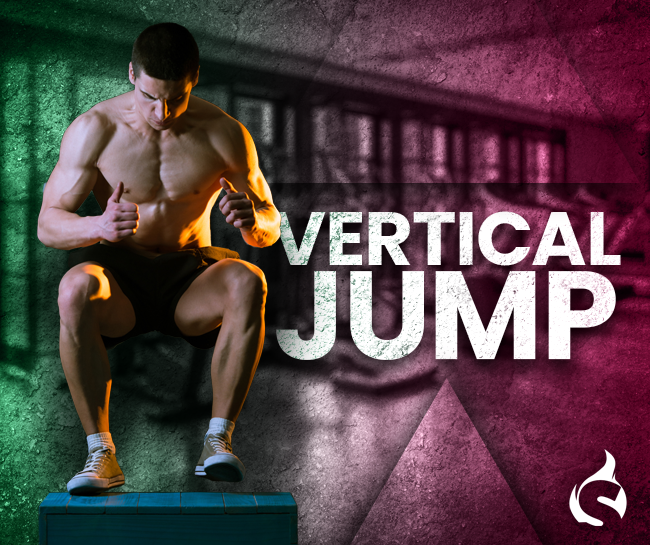
When a fight goes to the ground, it is often a battle of submission. Here is where training, technique, and certain pressure points are used to render the opponent unable to fight. Before the confrontation ends on the ground, the BJJ practitioner can gain the upper hand with sweeps, throws, and other agility-based moves that will give them a favorable position prior to ending up on the ground. Is of key importance is the vertical jump, which has numerous benefits when performing explosive moves. Exercises, such as the jump squat, vertical jump, and landmine rotation will help in this development.
- Lifts that focus on the lower back
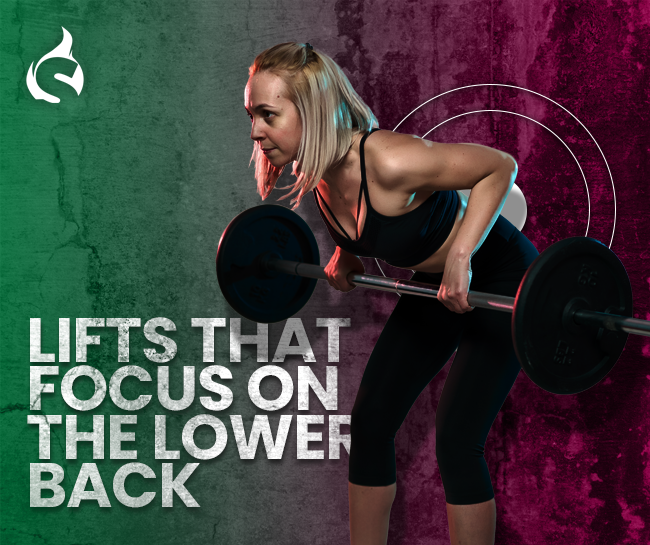
With some practitioners favoring the guard pass position, these fighters should be training their lower back as much as possible to be able to control the fight from the ground position. Although compound lifts are often enough for entry-level fighters, elite fighters that frequently “pass” fight should focus on targeting their lower back with such exercises as Barbell Row, Romanian Deadlift, and Medicine Ball Thrusts.
- Grip strength
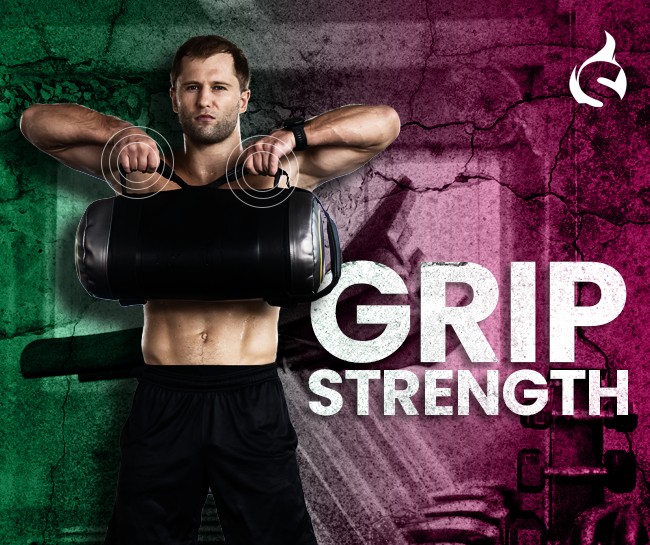
Unlike other disciplines, grip strength is of chief importance for the BJJ fighter. This not only helps with the manipulation of your opponent’s limbs to place them in a difficult position, but it is a rare occasion that your opponent does not have any clothes. Many chokes, holds and submissions depend on being able to grapple your opponent’s belt, shirt, pants, and other accessories and clothing to get the upper hand. As such, training your grip strength through Clamp training, EZ bar curls, Rope Pulls, and Sandbag Carry have proven effective.

Brazilian Jiu-Jitsu rose to popularity for being one of the most effective ground-control disciplines in the modern world. Although it is emphasized that technique is much more important than size, it is always important to have as many advantages as possible against a potential aggressor. Combining your training regimen with strength training will give you the upper hand in situations where it would otherwise be more dangerous.
Strength training will also condition your body further to endure not only your current training but will assist you in your performance as you climb through the ranks. In this article, we will talk about the certain benefits of strength training, how often you should train in this way, and ultimately, an effective training regimen for our BJJ school.
How Often Should I Conduct Strength Training

An article posted on sweetscienceoffighting.com has conducted a study on just this very question. Although it is largely dependent on every person’s ideal goal and weight, the most common answer seems to be: twice a week. It is important to remember that the BJJ discipline focuses on submissions, holds, chokes, and pressure points, and that overall strength training is not as important in BJJ as it is in other disciplines, which utilize major muscle groups to overpower the opponent.
With this being said, it is, of course, extremely beneficial to be in shape and as strong as possible and will give you the edge over an opponent that is of the same skill, or slightly better, than you. Using various compound lifts as a benchmark, a study was done on Elite vs Non-Elite practitioners to determine if having a stronger physique gave a significant competitive advantage. Overall, performing compound lifts at 1.2-1.7kg x your bodyweight (kg) is enough to achieve maximum benefit from a BJJ strength and conditioning program.
Strength Training for BJJ Fighter

Now that we’ve spoken about the benefits of strength training in BJJ, combined with the cadence of a workout, it is important to establish a regular BJJ strength and conditioning program to offer at your local gym for those that are looking to meet the physique standards compared with their bodyweight. This can be difficult to conduct logistically, especially if you are offering it as a service outside of training your students.
A great alternative to employing a standardized training program is dedicated BJJ management software that will coordinate your scheduling, payments, marketing, staff, and other inquiries received for the program, and your gym as a whole Spark Membership is the #1 solution of its kind that is on the market. Try it now for just $1.
You might be interested in How To Optimize Attendance In Your Kids Jiu Jitsu Class
- Compound lifts

The most tried and true lifts that are incorporated into any training program are compound lifts. Even on an international basis, strength standards include statistics that have to do with squats, deadlifts, and bench presses. Other exercises, such as cleaning & jerks, overhead press, and rows can also be included in this training program. Compound lifts are extremely important, as the word “Compound” refers to many muscles of your body working together. As long as you combine 3-5 exercises in sets, all muscle groups can be targeted and achieve a full-body workout every few days.
- Vertical jump

When a fight goes to the ground, it is often a battle of submission. Here is where training, technique, and certain pressure points are used to render the opponent unable to fight. Before the confrontation ends on the ground, the BJJ practitioner can gain the upper hand with sweeps, throws, and other agility-based moves that will give them a favorable position prior to ending up on the ground. Is of key importance is the vertical jump, which has numerous benefits when performing explosive moves. Exercises, such as the jump squat, vertical jump, and landmine rotation will help in this development.
- Lifts that focus on the lower back

With some practitioners favoring the guard pass position, these fighters should be training their lower back as much as possible to be able to control the fight from the ground position. Although compound lifts are often enough for entry-level fighters, elite fighters that frequently “pass” fight should focus on targeting their lower back with such exercises as Barbell Row, Romanian Deadlift, and Medicine Ball Thrusts.
- Grip strength

Unlike other disciplines, grip strength is of chief importance for the BJJ fighter. This not only helps with the manipulation of your opponent’s limbs to place them in a difficult position, but it is a rare occasion that your opponent does not have any clothes. Many chokes, holds and submissions depend on being able to grapple your opponent’s belt, shirt, pants, and other accessories and clothing to get the upper hand. As such, training your grip strength through Clamp training, EZ bar curls, Rope Pulls, and Sandbag Carry have proven effective.